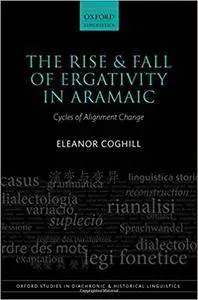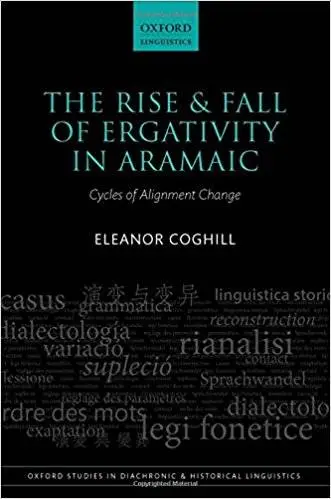Eleanor Coghill, "The Rise and Fall of Ergativity in Aramaic: Cycles of Alignment Change"
2016 | ISBN-10: 0198723806 | 416 pages | PDF | 2 MB
2016 | ISBN-10: 0198723806 | 416 pages | PDF | 2 MB
This book traces the changes in argument alignment that have taken place in Aramaic during its 3000-year documented history. Eastern Aramaic dialects first developed tense-conditioned ergative alignment in the perfect, which later developed into a past perfective. However, while some modern dialects preserve a degree of ergative alignment, it has been eroded by movement towards semantic/Split-S alignment and by the use of separate marking for the patient, and some dialects have lost ergative alignment altogether. Thus an entire cycle of alignment change can be traced, something which had previously been considered unlikely.
Eleanor Coghill examines evidence from ancient Aramaic texts, recent dialectal documentation, and cross-linguistic parallels to provide an account of the pathways through which these alignment changes took place. She argues that what became the ergative construction was originally limited mostly to verbs with an experiencer role, such as 'see' and 'hear', which could encode the experiencer with a dative. While this dative-experiencer scenario shows some formal similarities with other proposed explanations for alignment change, the data analysed in this book show that it is clearly distinct. The book draws important theoretical conclusions on the development of tense-conditioned alignment cross-linguistically, and provides a valuable basis for further research.



